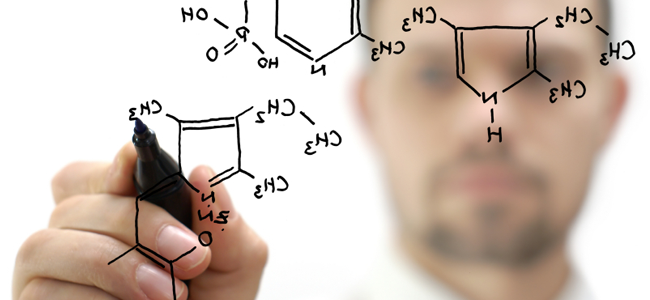GLUCONEOGENESIS
- Where does the majority of gluconeogenesis occur?
- Mainly in the liver, and to a lesser extent in the kidneys and intestinal epithelium
- Name four substrates that can be used for gluconeogenesis:
- 1. Lactate
- 2. Pyruvate
- 3. Glycerol
- 4. Substances that can be converted to oxaloacetate (amino acid carbon skeletons)
- Name four enzymes that circumvent the irreversible steps in glycolysis:
- 1. Pyruvate carboxylase
- 2. PEP carboxykinase
- 3. Fructose-1,6-bisphosphatase
- 4. Glucose-6-phosphatase
- Where in the cell can pyruvate carboxylase be found?
- Mitochondria
- What reaction does pyruvate carboxylase catalyze?
- Pyruvate → oxaloacetate (which leaves the mitochondria)
- Pyruvate carboxylase requires what coenzyme in order to function?
- Biotin
- What molecule in excess activates pyruvate carboxylase?
- Acetyl CoA
- Where in the cell can PEP carboxykinase be found?
- Cytosol and mitochondria
- What reaction does PEP carboxykinase catalyze?
- Oxaloacetate → PEP
- What triphosphate must be present in order for PEP carboxykinase to function?
- GTP
- What is the major manifestation of PEP carboxykinase deficiency?
- Hypoglycemia after fasting
- Where in the cell can fructose-1,6-bisphosphatase be found?
- Cytosol
- What reaction does fructose-1,6-bisphosphatase catalyze?
- Fructose-1,6-bisphosphate → fructose-6-phosphate
- Where in the cell can glucose-6-phosphatase be found?
- Cytosol
- What reaction does glucose-6-phosphatase catalyze?
- Glucose-6-phosphate → glucose
- Glucose-6-phosphatase deficiency is also known as what disorder?
- von Gierke disease
- In the aforementioned disorder, the liver becomes metabolically similar to what organ?
- Muscle
- What hormone is the main regulator of gluconeogenesis?
- Glucagon
- How does glucagon exert allosteric regulation on gluconeogenesis?
- Glucagon increases levels of cyclic adenosine monophosphate (cAMP), which increases the activity of cAMP-dependent protein kinase. This leads to decreased levels of fructose-2,6 bisphosphate, thereby activating fructose-1,6 bisphosphatase and inhibiting PFK-I.
- How does glucagon regulate pyruvate kinase?
- Glucagon increases levels of cyclic adenosine monophosphate (cAMP), which increases the activity of cAMP-dependent protein kinase. This causes pyruvate kinase to become inactive via covalent modification by the dependent protein kinase.
- How does this mechanism alter the level of gluconeogenesis that occurs?
- Decreasing the amount of active pyruvate kinase decreases the conversion of PEP to pyruvate, and diverts PEP toward glucose.
- How can a decrease in insulin alter gluconeogenesis?
- Decreased insulin favors the mobilization of amino acids from muscle to the liver, which are used as carbon skeletons for gluconeogenesis.
- During starvation, which molecule acts as an activator of gluconeogenesis?
- β-Oxidation of fatty acids during starvation increases the amount of acetyl CoA, exceeding the capacity of the liver to oxidize it to CO2.
- How does this molecule stimulate gluconeogenesis?
- Excess acetyl CoA activates pyruvate carboxylase, increasing gluconeogenesis.
- Which by-product of exercising or ischemic muscle is used for gluconeogenesis?
- Lactate

